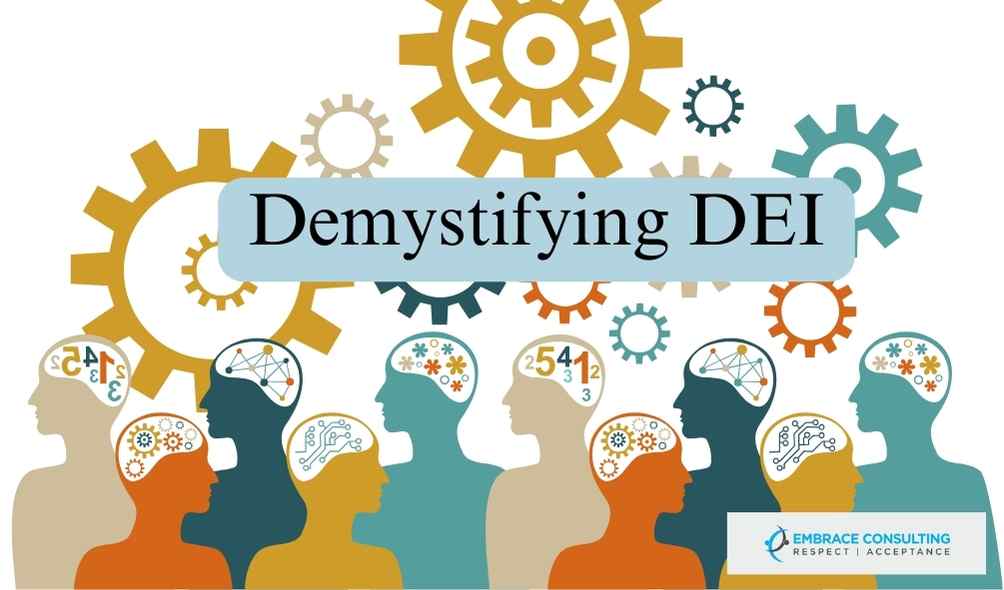Implicit stereotypes are where colleagues or superiors are not aware when they make judgments or divide work based on a certain bias that they have about an individual based on their caste, color, status, gender, mental health, etc. They are mostly shaped by experience and are based on associations which are learned between particular qualities and social categories. It is an aspect of implicit social cognition, the phenomenon that perceptions, attitudes and stereotypes can operate prior to conscious intention.
Research shows that implicit stereotypes can be mitigated from workspaces with awareness and effective strategies that are bias-reduction focused. Some of the effective strategies are:
● One can make sure they are always up to date on the most recent counter-stereotypes of people who work in the same industry as them. For instance, despite the perception that mechanical engineering is a field dominated by men, women can be found in such fields.
● It’s important for individuals to be empathetic towards the biased individuals and view the perspective of going through various experiences where others question their ability or skills based on their social identity.
● Another way to deal with implicit stereotypes is by interrupting automatic biased thoughts which can be done by first identifying what is a subject where you are the most biased and create an action plan to increase being mindful about the need to remove bias in such matters. For example, when evaluating performance of an individual, a review evaluation criteria should be set before assessing the performance.
By encouraging diversity, inclusion, and equity among the scientific workforce, implicit bias can be lessened in workplaces. To truly accomplish diversity and inclusion inside the company, a focused and integrated approach can be employed to improve involvement and engagement of marginalized populations.












